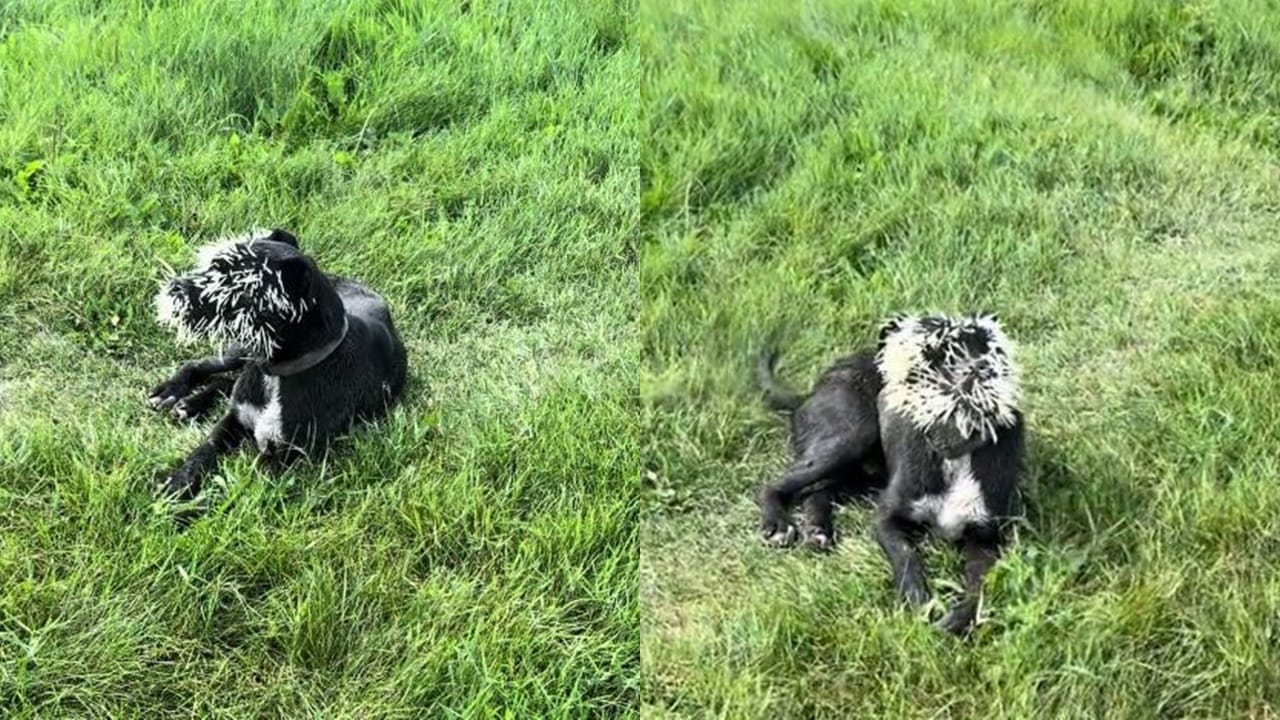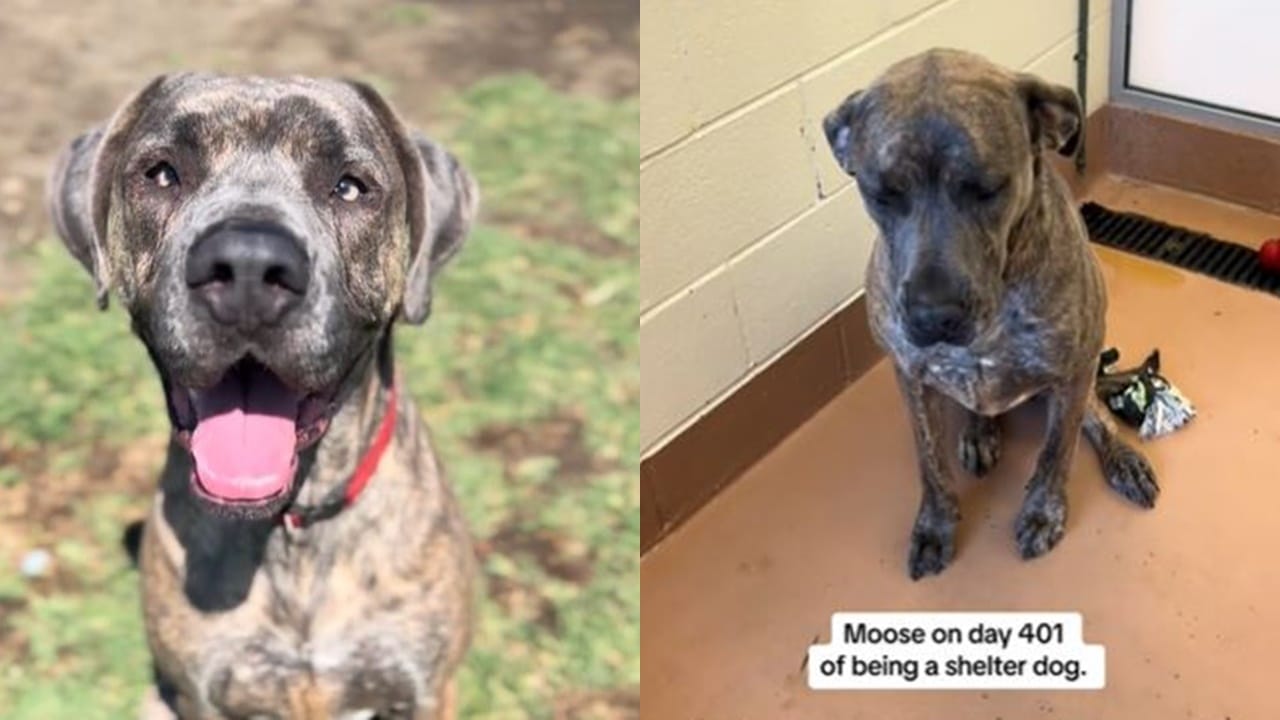A remarkable alligator at Gatorland in Florida has caught the eye of social media users because of its unique feature, which is that it has no upper jaw.
A remarkable alligator named Jawlene at Gatorland in Florida has become a social media sensation.
Her extraordinary appearance, with her entire upper jaw missing, has captured the attention of many.
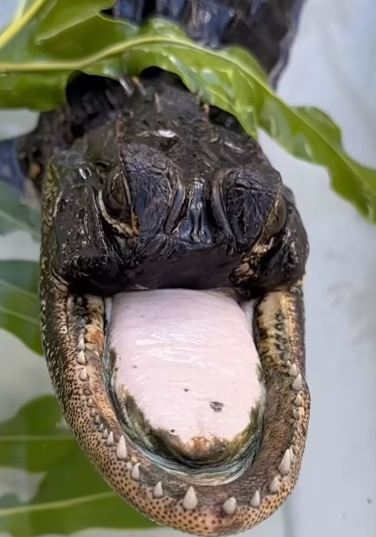
This unique condition has sparked widespread curiosity and admiration for her survival despite the severe injury.
A alligator survives despite missing half of upper jaw
Jawlene’s condition is both rare and fascinating.
The alligator’s missing upper jaw, whether due to an accident or an attack, presents significant challenges for survival.
Alligators rely on their powerful jaws for hunting and feeding, using them to capture and dismember prey.

Jawlene’s adaptation to this disability has left many people amazed at how she manages to thrive.
Gatorland, a wildlife preserve near Orlando, Florida, is known for caring for rescued alligators.
The team at Gatorland has given the alligator the fitting name of ‘Jawlene,’ inspired by the iconic singer Dolly Parton.
Additionally, her name highlights her strength and resilience.”
Jawlene is a very strong and tough animal.
Jwalene is an amazing example of how animals can adapt and survive, even when they face many challenges.
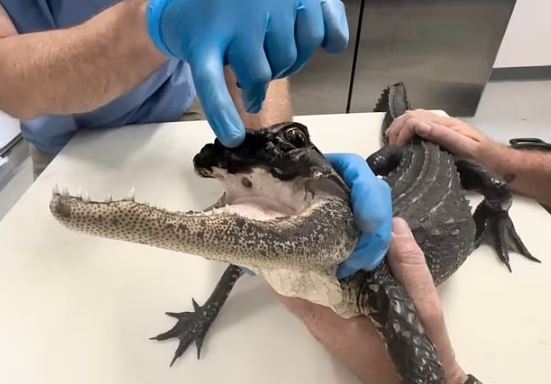
According to Kim Titterington, a wildlife rehabilitator, Jawlene’s injury appears to be the result of a hunting snare rather than a fight with another alligator.
Despite the severity of the injury, Titterington notes that Jawlene has maintained a healthy body weight, and the wound has healed well.
Alligator has adapted with special feeding techniques
Caretaker Savannah Boan explained how Jawlene is fed: the staff place food directly on her tongue, and she uses her lower jaw to push it up.
This method of feeding likely mimics how she would have eaten small fish in the wild before her injury.
Boan revealed that losing an upper jaw is not uncommon for alligators.
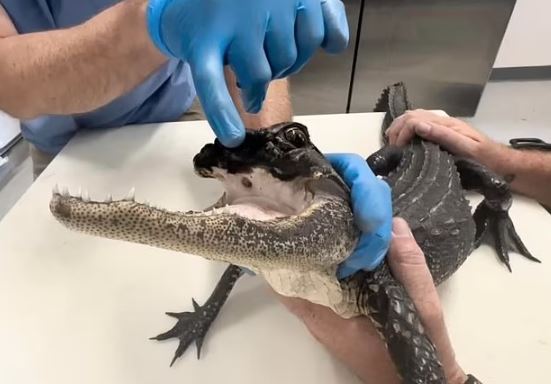
However, the way Jawlene has adapted to her condition is remarkable.
Her ability to eat and gain weight despite her disability demonstrates the resilience of wildlife.
Jawlene’s story is a testament to the adaptability and strength of animals in the face of adversity.
Gatorland hopes that she will continue to thrive and become a beloved symbol of perseverance. They hope she will be as admired as the singer she was named after.
The ongoing fascination with Jawlene highlights the broader interest in how wildlife can overcome significant challenges.

Her story transforms a severe injury into a tale of survival and adaptation.
Previously, a headless chicken remained a miraculous survival case
In 1945, Colorado farmer Lloyd Olsen was attempting to slaughter a 5.5-month-old chicken for dinner.
However, the chicken survived despite Olsen’s attempt to chop off its head.
Known as Mike, this headless chicken went on to live for an astounding 18 more months.
Olsen fed the chicken a mixture of milk and water through an eyedropper.
He then supplemented its diet with corn kernels and worms. Surprisingly, Mike remained alive, much to Olsen’s shock

Despite lacking a head, Mike continued to exhibit typical chicken behaviors.
He was seen preening his feathers, scratching the ground, and even attempting to crow.
Scientists explained that Mike survived because Olsen’s axe strike did not completely sever his jugular vein.
This partial injury prevented fatal bleeding.
Additionally, part of Mike’s brainstem and one ear remained intact.
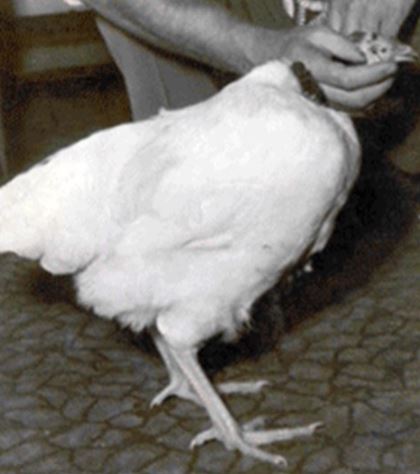
This played a crucial role in maintaining his bodily functions and balance. However, Mike eventually choked to death on a kernel of corn in 1947.

